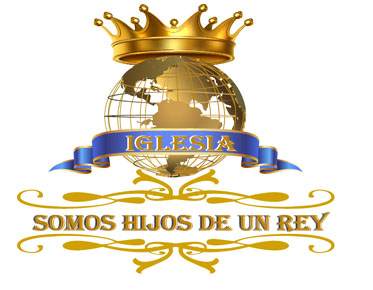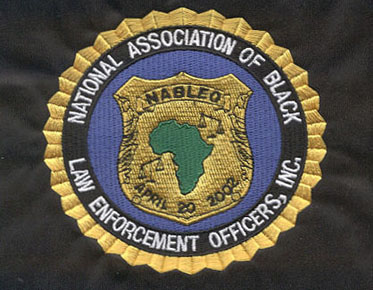Vector Conversion Services: What You Need To Know
Vector
images are a must if you have photos that need to be seen from any distance.
The only way to get high quality vector images is by turning your bitmap photos
into vectors. Converting a raster image into a vector format is essential for
businesses that want to improve the quality of their images and keep them in
their original formats. With vector conversion, you can get better results in less time!
The
original file name of most images (ending in.jpg.png,.gif,.pdf, or.psd) is a
raster file. Raster files are made up of a series of pixels and are ideal for
online use, such as on your website or in an online store. However, raster
files depend on the resolution of the images, so when you scale them (for
example, to fit large posters), the graphics may become pixelated. Vector files
contain more math. They consist of a set of points on the X - and Y-axis plots
that form straight or curved paths. Vector graphics (excluding pixels) can be
scaled to any size without compromising quality.
You must
manually recreate the picture in vector format to convert it from raster to
vector. Automation of this process is possible, but the results are usually
subpar. Automatic raster to vector conversion results in large, incorrect files
with few colors and few shades of gray. The software struggles to identify
edges and shapes based on the colors present in the image, but often falls
short. The human eye is unparalleled, especially for more complex visual
effects. Only a real person can determine what an object is and where the
boundary between an object's edge and its shadow or between an object and its
background lies.
Most
printed matter, such as banners, business cards, T-shirts, and mugs, can
benefit greatly from vector files. They're also great for sharpening outdated,
mushy graphics or poor resolution photos. Having vectors also makes it easier
to minimize distortion or quality loss when zooming in or printing new graphics
or logos. Because vector images have higher information, you can quickly
convert them from vector to raster on your own.
Open the
photo using Corel Paintshop Pro, Adobe Photoshop, or another raster-based photo
editing program. You may see a pop-up window asking you to enter the dimensions
of the rasterized graph. In this case, setting the size of the image to a
maximum edge of at least 3,000 pixels should produce a final image large enough
to fit most printing and digital retina display applications.
Press Save
as. Select Export > Export as "to convert vector files to raster
graphics in Adobe Illustrator.
To save a
picture as a raster file, select one of the following options under File Type:
Select.png
(for Web or PowerPoint visual objects).psd or if you want to keep the graphics
transparent (for printed graphics or images that require further processing).
Now we're
done. When you save an image in one of these formats, a raster image is
immediately created.
Raster
images are being converted to vector images by our experts. As a bitmap image
ages, it often loses visibility. Even if you change the vector conversion to a bitmap,
you can still get a closer look at the image.
Enterprises
and industries use raster to vector conversion services. It is necessary to
convert scanned subjects, charts, graphs, and other graphics from raster to
vector. This includes banners, screen printing, sandblasted signs, laser cut
signs, T-shirts, etc.
The
picture editing industry needs to convert raster files into vectors. You need
to reduce the image size without losing quality. Experts can transform your
design into vector graphics using software or manual labor.



